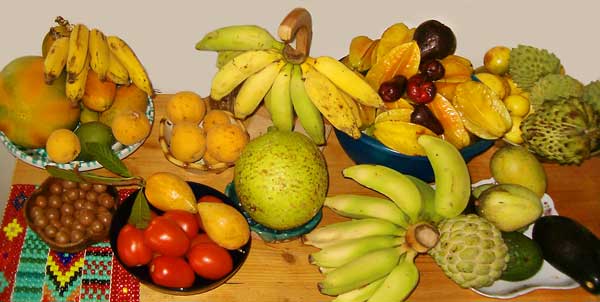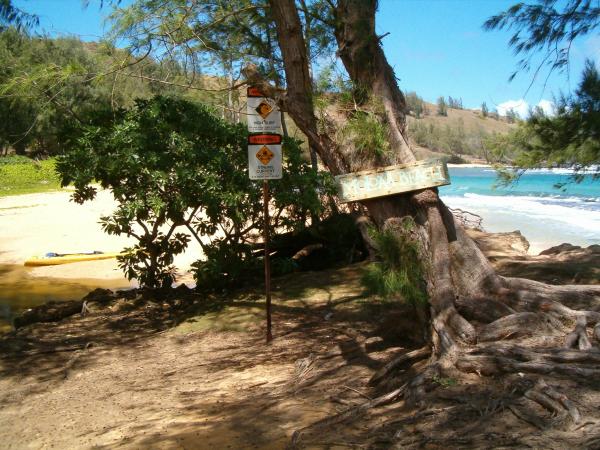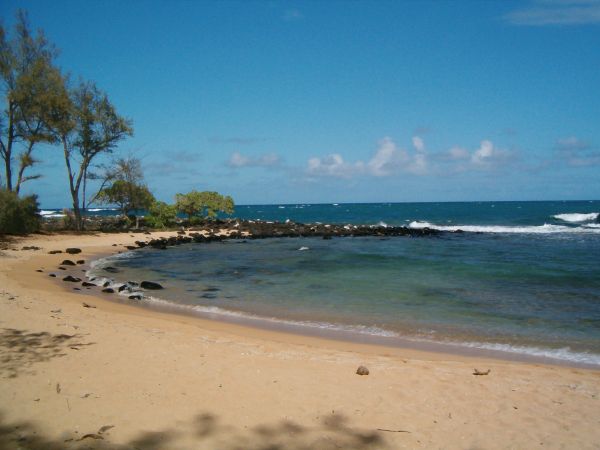The storm that gave us a an inch of rain near the east shore dumped 11 inches (28 cm) at the summit of Waialeale, and slightly more in Wainiha, an inhabited valley on the North Shore. When it gets to be that much, I would start worrying about water leaking into the house because the drainage in our yard isn’t that good.
If you like to track such things, the NOAA provides the 24-hr hydrology map for Kauai, updated every 3 hours as far as I can tell.
Mount Waialeale is known as the wettest place on earth, but as with all such claims, it depends on how you count. I have heard of other places that had more rain in a year than Waialeale has ever had, but I think that it has the highest yearly average. Here are some of the best photos of the summit that I’ve seen.









